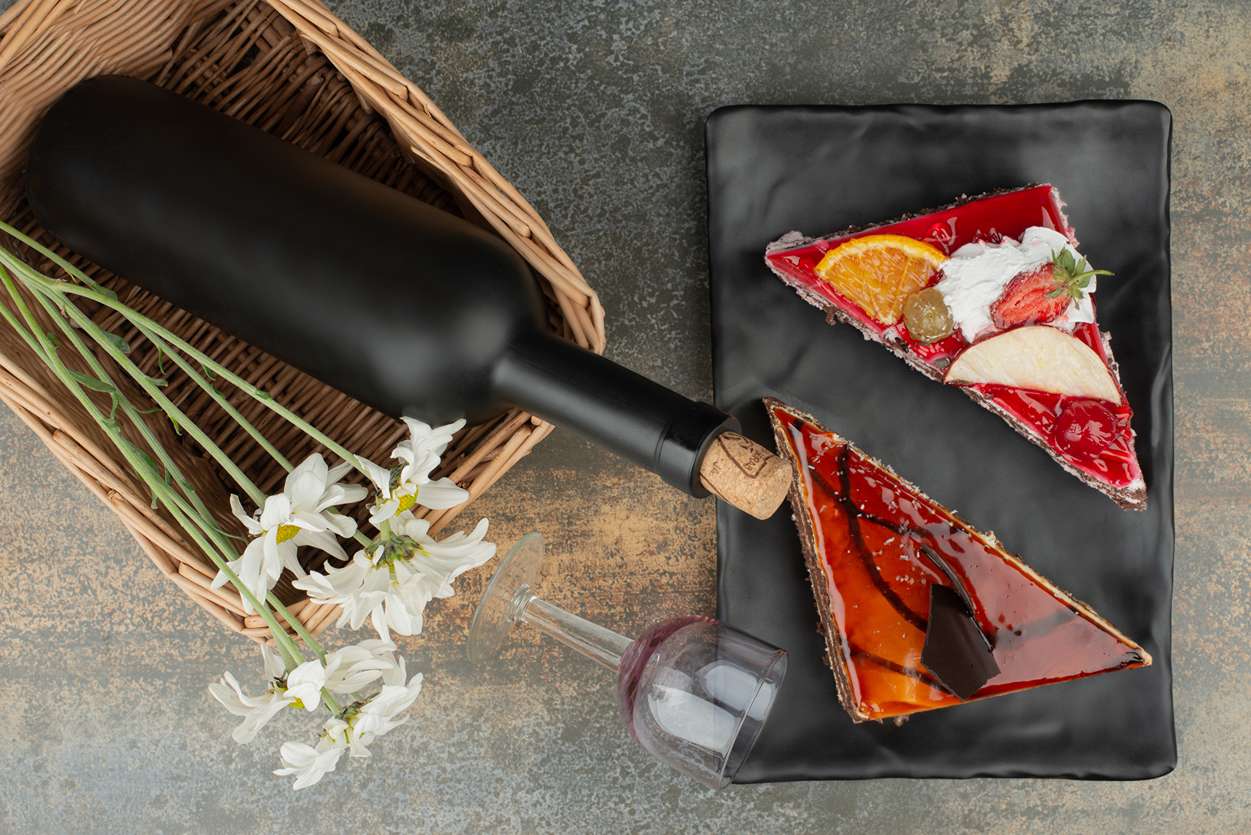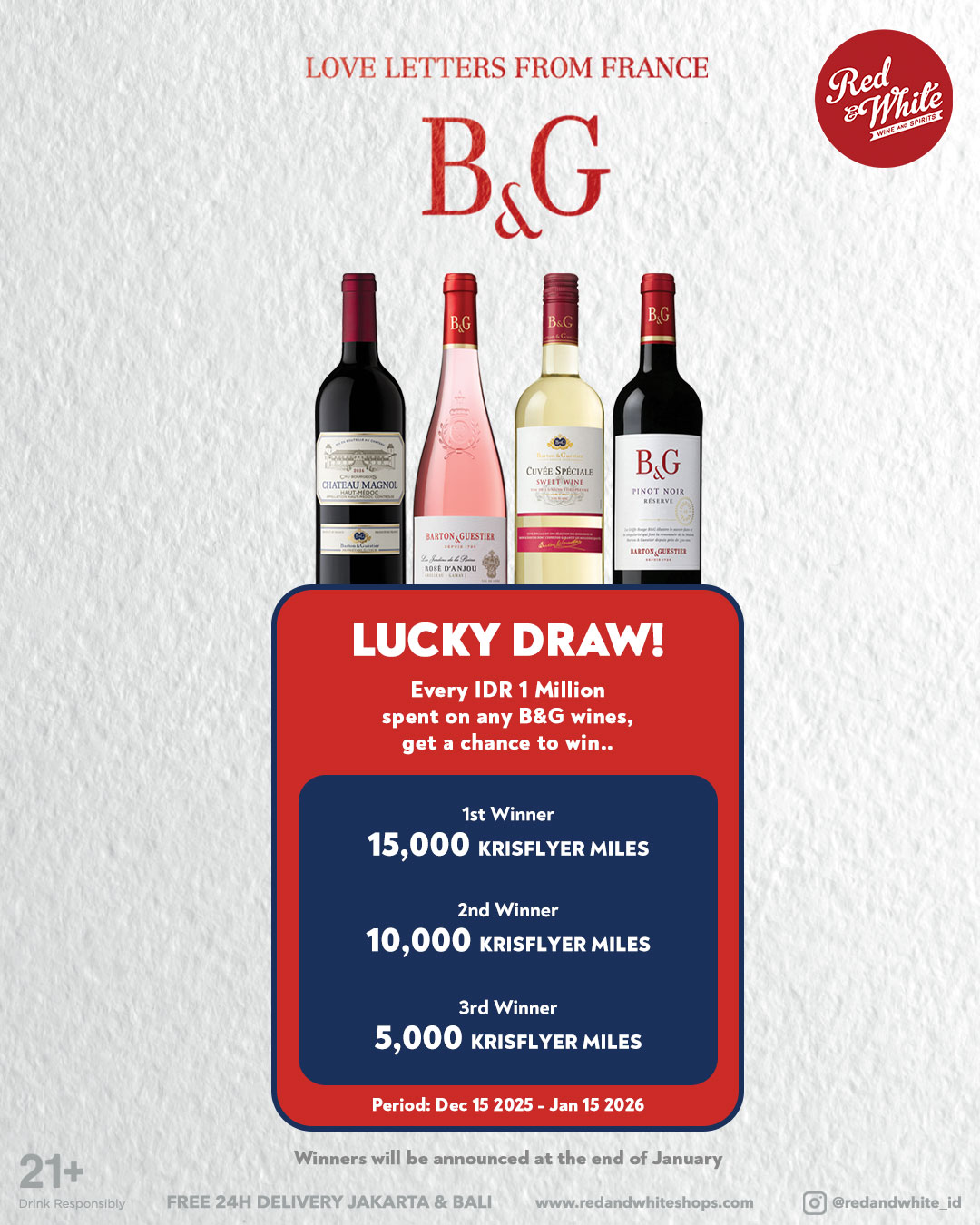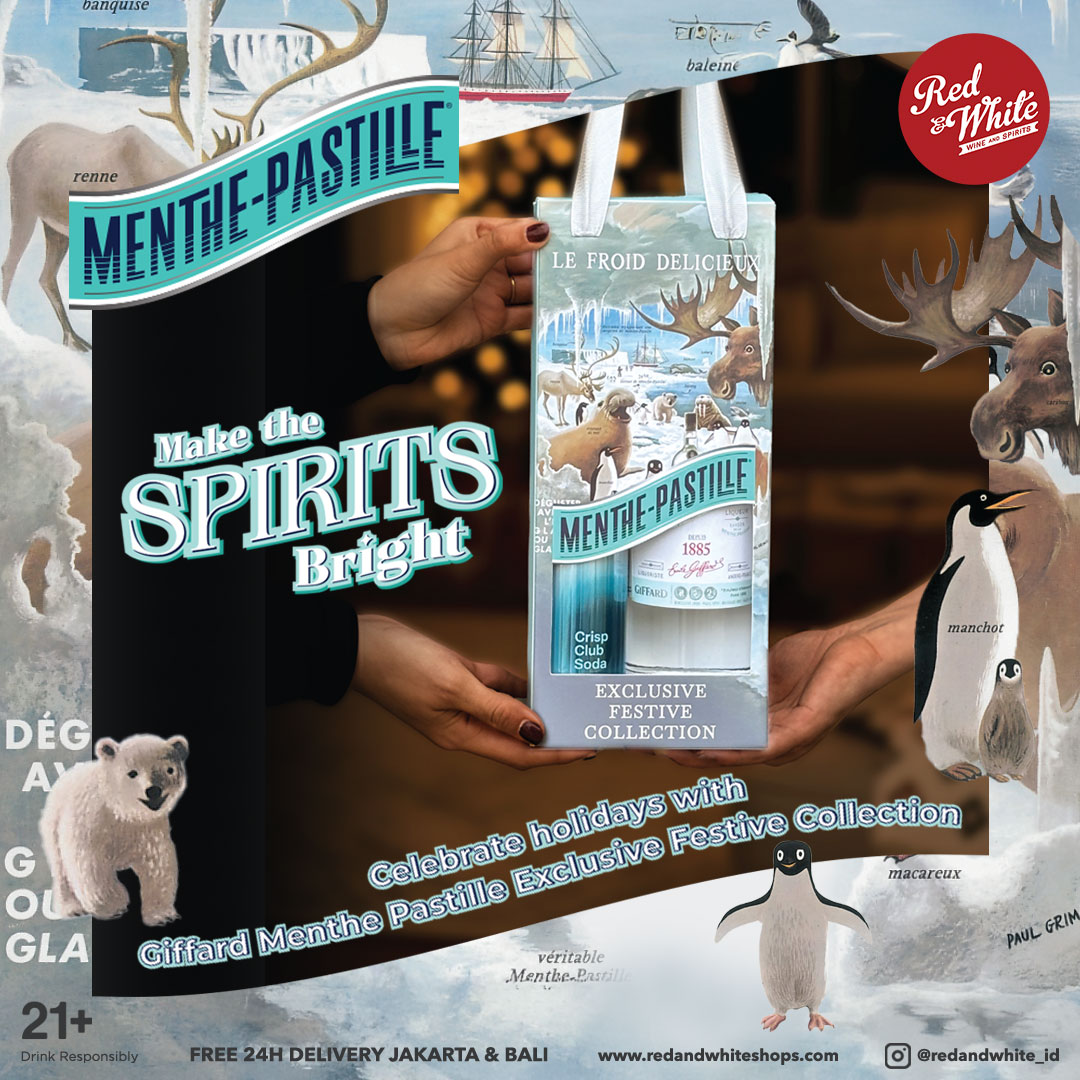
What is Dessert Wine? A Sweet Dive Into the World of After-Dinner Sips
Not all wines are created equal—some are crafted to be savored slowly, like a fine pastry, at the end of a meal. Enter: dessert wines. Rich, aromatic, and often sweet, these wines are designed to complement or even replace dessert itself. But what exactly is dessert wine? How is it made, and what makes it so special?
Let’s explore everything you need to know.
What is Dessert Wine?
Dessert wine refers to any wine that is noticeably sweet and often served with or after dessert. These wines typically have higher sugar content and, in many cases, higher alcohol content as well.
In the Old World (like Europe), dessert wines include classic styles such as Sauternes, Port, and Tokaji. In the New World (like the U.S. or Australia), the category has expanded to include late harvest wines, ice wines, and more.
How is Dessert Wine Made?
The sweetness in dessert wine comes from concentrated grape sugars that remain after fermentation. Winemakers use several techniques to achieve this:
- Late Harvesting: Grapes are picked later in the season when they’re extra ripe and sugary.
- Botrytis (Noble Rot): A beneficial mold that shrivels grapes, intensifying their sugars and flavors (e.g., Sauternes).
- Freezing (Ice Wine): Grapes are harvested and pressed while frozen, leaving water behind and extracting concentrated juice.
- Fortification: Brandy or neutral spirits are added to the wine, stopping fermentation and preserving natural sugars (e.g., Port or Sherry).
- Drying (Passito Method): Grapes are dried post-harvest to concentrate sugars before fermentation (e.g., Vin Santo).
Types of Dessert Wine
1. Port
- Origin: Portugal
- Flavor: Rich, bold, often with notes of berries, spice, and chocolate
- Best Pairing: Blue cheese, chocolate cakeRecommended: Grahams – Quinta Dos Malvedos Vintage Port, Smith Woodhouse – Ruby Port
2. Sauternes
- Origin: Bordeaux, France
- Flavor: Honeyed, apricot, citrus, saffron
- Best Pairing: Foie gras, fruit tarts, crème brûléeRecommended: Chateau de Rolland – Sauternes – Semillon, B&G – Sauternes Nectar D’or
3. Ice Wine (Eiswein)
- Origin: Germany/Canada
- Flavor: Intense sweetness with high acidity; peach, lychee, citrus
- Best Pairing: Cheesecake, tropical fruit dessertsRecommended: Dr Zenzen – Rheinhessen – Riesling Eiswein, Lakeview Cellars – Cabernet Franc Ice Wine
4. Moscato d’Asti
- Origin: Italy
- Flavor: Lightly sparkling, floral, peachy
- Best Pairing: Fruit salad, almond cookiesRecommended: Castello Del Poggio – Moscato D’Asti, Giulio Cocchi – Asti DOCG – Muscat Blanc
5. Tokaji
- Origin: Hungary
- Flavor: Orange marmalade, dried fruits, honey
- Best Pairing: Nut-based pastries, cheese platesRecommended: Oremus Tokaji Aszu 3 Puttonyos 2017, Oremus Tokaji Aszu 6 Puttonyos 2013
Food Pairings for Dessert Wine
The key to pairing dessert wine with food? Balance the sweetness. The wine should be as sweet or sweeter than the dessert itself.
Examples:
- 🍫 Chocolate desserts → Port
- 🍓 Fresh fruit tarts → Moscato or Sauternes
- 🧀 Soft cheeses → Ice wine or Tokaji
Or, skip dessert altogether and just let the wine be the dessert!
Where to Buy Dessert Wine in Indonesia
Looking to explore the sweet world of dessert wines? Red & White offers a handpicked selection of dessert wines from around the world—from elegant Sauternes to indulgent Ports and refreshing Moscato.




